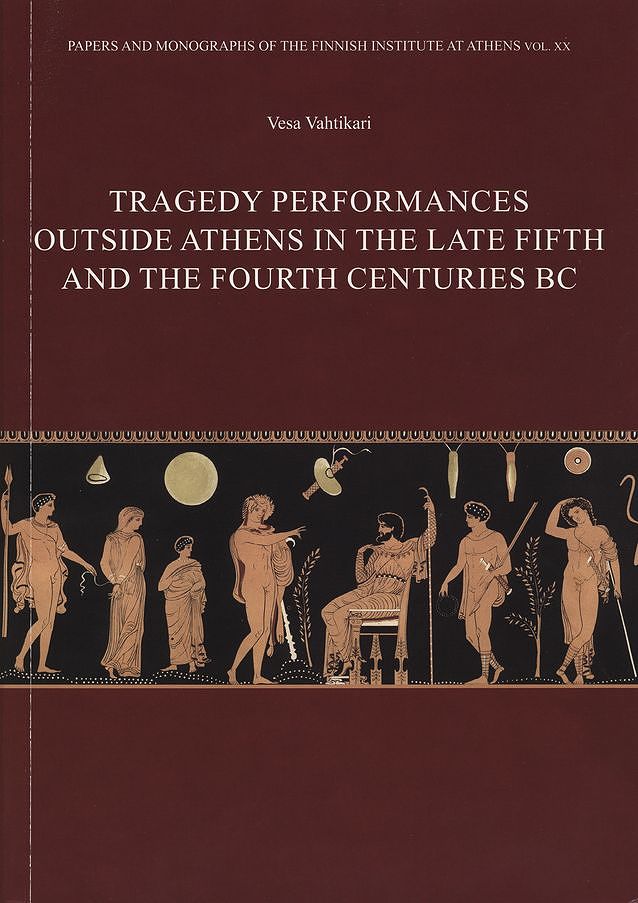Maarit Kaimio
Maarit Kaimio (née Vuorenjuuri)
Born April 19, 1941, Helsinki.
Master of Arts (Roman Literature), 1965, Licentiate of Philosophy, 1968, and Doctor of Philosophy, (Greek Literature) 1970, University of Helsinki.
Professor of Greek Language and Literature, 1976–2004, University of Helsinki
Vice-Dean, 1992–1994, 1995–1997, 2001–2003, University of Helsinki
Assistant, Classical Philology, 1965–1968, University of Turku
Assistant, Greek Literature, 1968–1973, University of Helsinki
Docent, Greek Literature, 1972–1975, University of Helsinki
Junior Researcher, State Committee for the Humanities, 1973–1975
Publications, research projects and other academic activities
Research interests: Ancient Greek dramatic literature and theatre, the Greek novel, Greek papyrus documents
Written by Maarit Kaimio and Riitta-Ilona Hurmerinta (ed.)
Translated by John Calton

